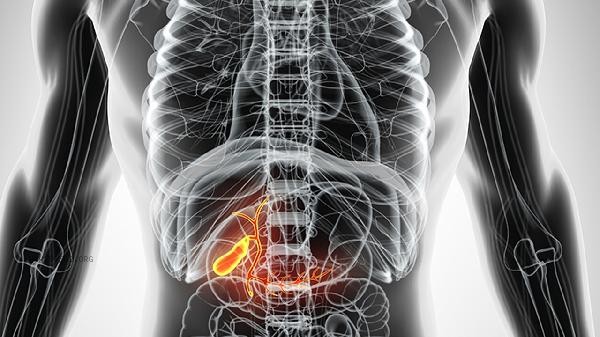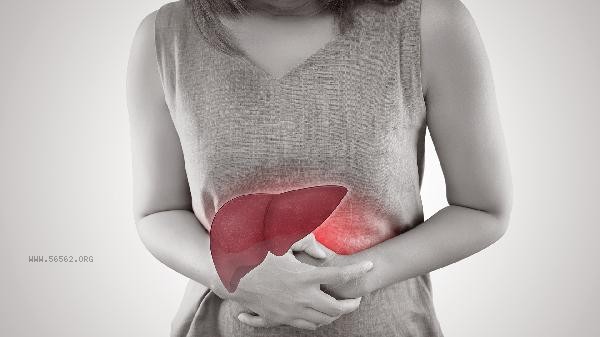Elevated total bile acids usually indicate abnormalities in the liver and gallbladder system, and require comprehensive evaluation of five core items including liver function, liver and gallbladder ultrasound, hepatitis virus screening, cholesterol testing, and stool examination.

1. Liver function testing:
Serum total bile acid is a sensitive indicator of liver function, and enzymatic indicators such as alanine aminotransferase, aspartate aminotransferase, and alkaline phosphatase need to be detected simultaneously. Acute hepatitis patients can have a 10-20 fold increase in bile acids, while chronic liver disease presents a sustained mild increase. This examination can distinguish between liver cell damage and cholestatic lesions.
2. Hepatobiliary ultrasound:
Abdominal ultrasound can visually display structural abnormalities such as gallstones and bile duct dilation. About 35% of cases with elevated bile acids are related to biliary obstruction. Ultrasound can quickly screen for mechanical obstructive factors such as common bile duct stones and tumor compression, and the examination is non-invasive and cost-effective.
3. Hepatitis virus screening:

The detection of hepatitis B B surface antigen and hepatitis C antibody can exclude viral hepatitis. The inflammation of liver cells caused by viral replication can disrupt the enterohepatic circulation of bile acids, leading to an increase in serum levels. For women of childbearing age, it is also necessary to screen for intrahepatic cholestasis of pregnancy.
4. Cholesterol detection:
Bile acid metabolism is closely related to cholesterol conversion. Patients with primary biliary cholangitis often have elevated total cholesterol and abnormal low-density lipoprotein in addition to elevated bile acids. This examination has suggestive significance for the diagnosis of autoimmune liver disease.
5. Fecal examination:
can evaluate the efficiency of bile acid enterohepatic circulation by quantifying fecal bilinogens. Patients with chronic diarrhea may experience poor absorption of bile acids, and when the biliary tract is completely obstructed, the stool appears clay colored. This examination can assist in determining abnormalities in bile acid metabolism.

Daily intake of high cholesterol foods such as animal organs and fried foods should be restricted, and water-soluble dietary fiber should be supplemented appropriately to promote bile acid excretion. It is recommended to engage in 3-5 aerobic exercises such as brisk walking and swimming per week to avoid bile stasis caused by prolonged sitting. Individuals with long-term abnormal bile acid levels should have their liver function rechecked every 3-6 months, and women of childbearing age should undergo a specialized assessment of liver and gallbladder risks during pregnancy. Cooking should use steaming and stewing methods to reduce the burden of oil intake on the liver and gallbladder system.








Comments (0)
Leave a Comment
No comments yet
Be the first to share your thoughts!